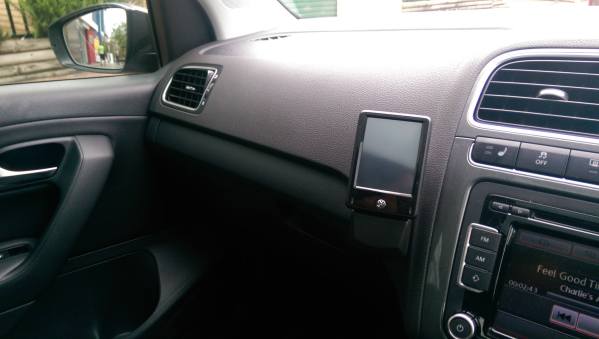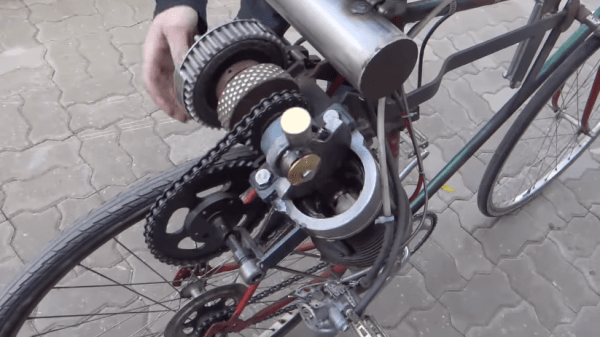A lot of questions have been raised by the recent “dieselgate” scandal. Should automakers be held accountable for ethically questionable actions? Are emissions standards in the United States too restrictive? Are we ever going to stop appending “gate” onto every mildly controversial news story? But, for Hackaday readers, the biggest question is most likely “how did they get away with it?” The answer is probably because of a law a lot of hackers are already familiar with: the DMCA.
If you haven’t seen the news about Volkswagen’s emissions cheating scheme, we’ll get you caught up quickly. In the United States, EPA emissions testing is done in a very specific and predictable way. Using clever ECU software tricks, Volkswagen was able to essentially “detune” the engines of their diesel vehicles when they were being tested by the EPA. This earned them passing marks, while allowing them to provide a less-restrictive ECU profile for the normal driving that buyers would actually experience.
How could they get away with this simple trick when a brief look at the ECU software would have revealed it? Because, they were able to hide under the umbrella of the DMCA. The ECU software is, of course, not intended to be user-accessible, which means that Volkswagen is allowed to lock it down. That, in turn, means that the EPA isn’t allowed to circumvent that security without violating the DMCA and potentially breaking the law. This kept the EPA’s hands tied, and Volkswagen protected. They were only found out because independent testing (that didn’t follow EPA procedure) revealed vastly different emissions levels.
Is your blood boiling yet? Add this to the stack of reasons why the EFF is trying to end the DRM parts of the DMCA.
[via /.]


















